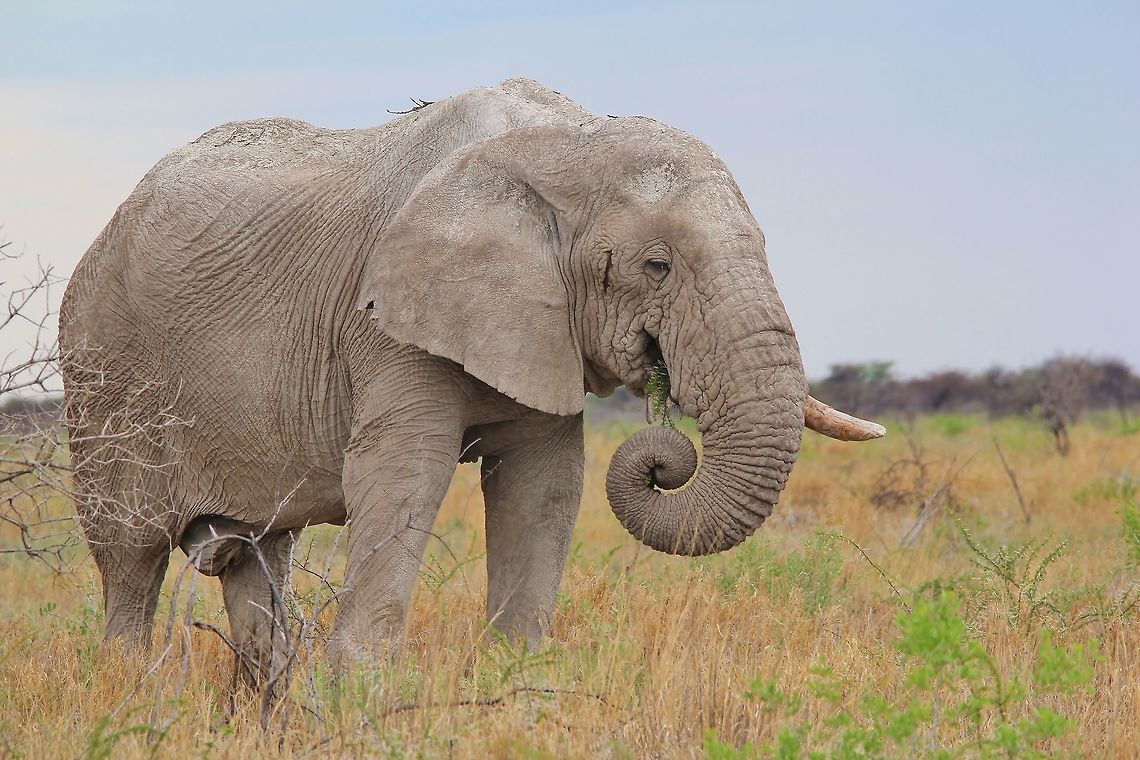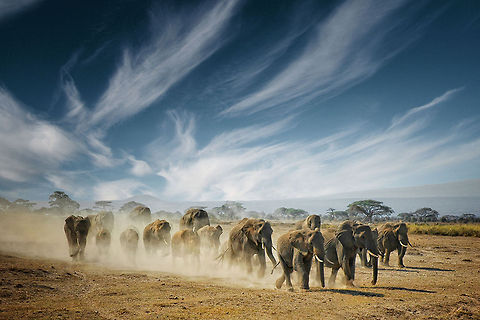 Promoted
Promoted
African Elephant Bull - Wise Survivor
This old African Elephant bull was photographed in Namibia, southwestern Africa. In the specific region where this old guy lives, there is a potassium and phosphate lack, which causes a calcium deficiency. Thus the Elephants in this area has poor and brittle tusks, breaking off easily.
Elephants, like man, has a preferred side that it uses ... they are either left or right "tusked" (similar to how man is either left or right handed). Which means they would prefer to use one of the tusks much more than the other.
Old Elephant bulls like this is post reproductive. He will want to live completely on his own and will have no interest in breeding rights any more. Sometimes these old bulls will join up with younger bulls, or other old guys. They will not remain together forever, and can go their separate ways after just a few moths.
I would guess this bull to be around 58 - 60 years old, nearing the end of his life. The thick upper trunk, worn out tusk, really wrinkled facial skin and sagging belly all indicative of old age. If one could see his track, it would be really rough with loads of deep "cuts" and rough texture to it (this is the best way to judge an Elephant's age, besides studying the molars).

The African bush elephant is the larger of the two species of African elephant. Both it and the African forest elephant have usually been classified as a single species, known simply as the African elephant, but recent evidence has seen the forest elephant classified as a distinct species . Some authorities still consider the currently available evidence as insufficient for splitting African elephants into two species.

comments (2)